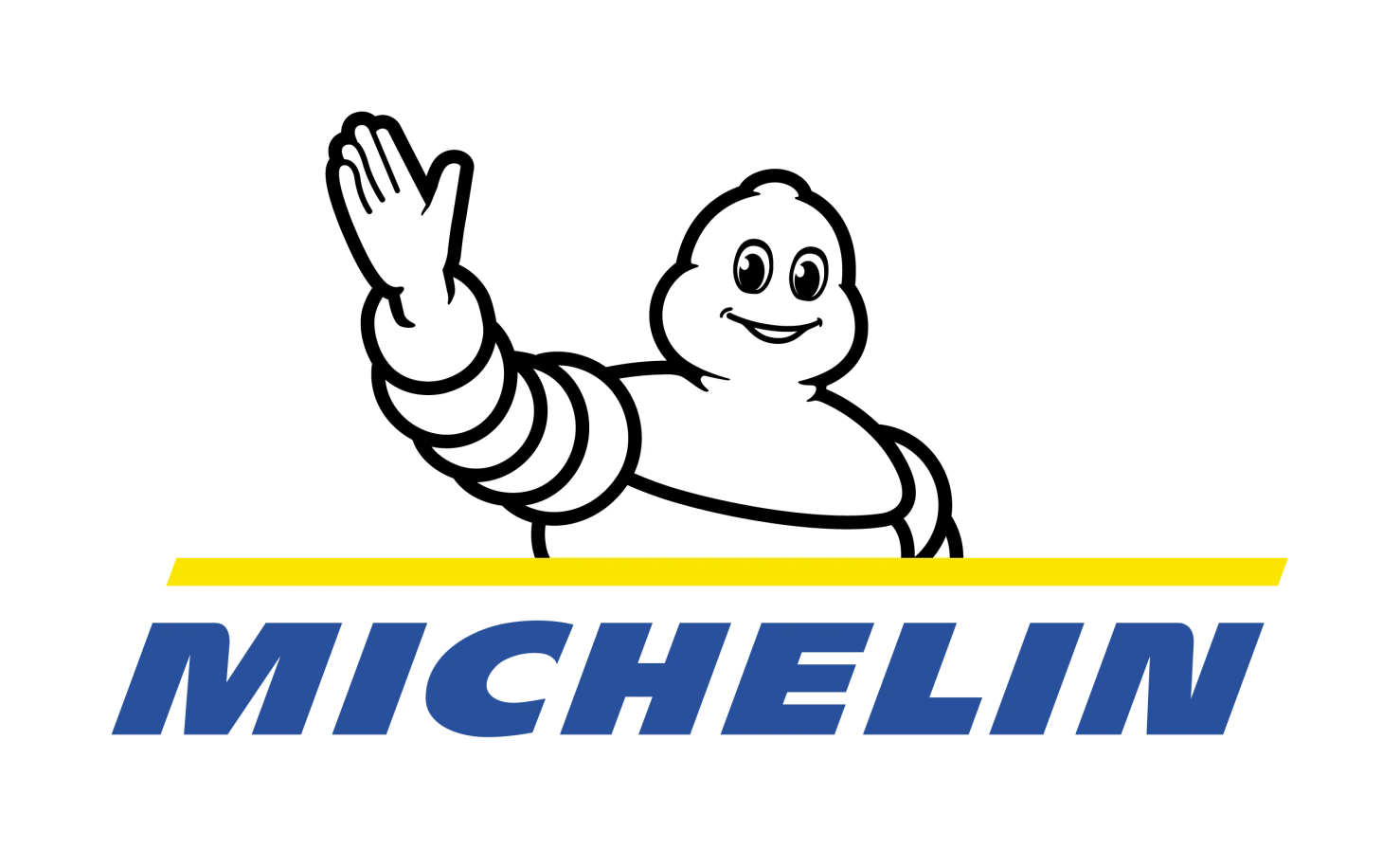Best 275/55 R20 Tires

Testimonials
What Is The Aspect Ratio Of A 275/55 R20 Tire
The aspect ratio of a 275/55R20 tire is 55%. This means that the sidewall height is 55% of the tread width.
What Is The Circumference Of A 275/55 R20 Tire
The circumference of a 275/55R20 tire is 100.2 inches.
What Is The Revolutions Per Mile For A 275/55 R20 Tire
A 275/55R20 tire makes 632 revolutions per mile.
Understanding The 275/55 R20 Tire Size
The 275/55R20 tire size refers to a tire with a section width of 275 millimeters, an aspect ratio of 55% (sidewall height to section width), and a rim diameter of 20 inches. The aspect ratio means that the sidewall is 55% as tall as the tread width. The tire’s diameter is 31.9 inches, and it has a circumference of 100.2 inches .
Best Practices For Maintenance And Longevity
Maintaining your 275/55 R20 tires properly is crucial for ensuring they perform optimally throughout their lifespan. Regular maintenance not only extends the life of your tires but also maintains your vehicle’s safety and efficiency.
Regular Tire Maintenance
Rotation: Tire rotation is a fundamental practice that ensures even tire wear. For 275/55 R20 tires, which are often found on SUVs and trucks, rotating your tires every 5,000 to 8,000 miles can prevent uneven wear patterns. This practice is vital for maintaining balanced handling and prolonging tire life. In my experience, neglecting rotation is a common oversight that can lead to premature tire replacement.
Balancing: Tires should be balanced when they are mounted on wheels for the first time and after each repair. Imbalanced tires can lead to vibrations, excessive tire wear, and strain on your vehicle’s suspension. Periodic balancing, ideally during tire rotation, helps maintain smooth driving and tire longevity.
Pressure Checks: Correct tire pressure is crucial for tire performance and safety. I recommend checking your tire pressure at least once a month and before long trips. For 275/55 R20 tires, adhering to the vehicle manufacturer’s recommended pressure settings ensures optimal grip, fuel efficiency, and tire wear. Temperature changes can affect tire pressure, so it’s particularly important to check during seasonal transitions.
Inspecting Tires for Wear and Damage
Visual Inspections: Regularly inspect your tires for signs of wear or damage. Look for uneven wear patterns, cracks in the sidewall, or objects embedded in the tread. Early detection of these issues can prevent more severe problems down the road.
Tread Depth: The tread depth of your tires is a good indicator of their condition. Use a tread depth gauge or the penny test (insert a penny into the tread grooves with Lincoln’s head upside down; if you can see the top of Lincoln’s head, it’s time for new tires). Tread wear indicators (TWIs) are also a helpful feature found on modern tires, indicating when the tread depth has reached a critical point.
Bulges and Blisters: Keep an eye out for any bulges or blisters on the tire sidewalls. These can indicate internal damage and a potential for tire failure. Such damage requires immediate attention and likely tire replacement.
Maximizing Tire Longevity Through Driving Habits
Gentle Acceleration and Braking: Aggressive driving, including rapid acceleration and hard braking, significantly increases tire wear. Adopting a smoother driving style can extend the life of your tires.
Avoid Overloading: Exceeding your vehicle’s recommended load capacity puts additional stress on your tires and can lead to increased wear and even tire failure. Always adhere to the vehicle manufacturer’s load capacity guidelines.
Proper Alignment: Regularly check your vehicle’s alignment, especially if you notice uneven tire wear or your vehicle pulls to one side. Proper alignment ensures even tire wear and optimal handling.



